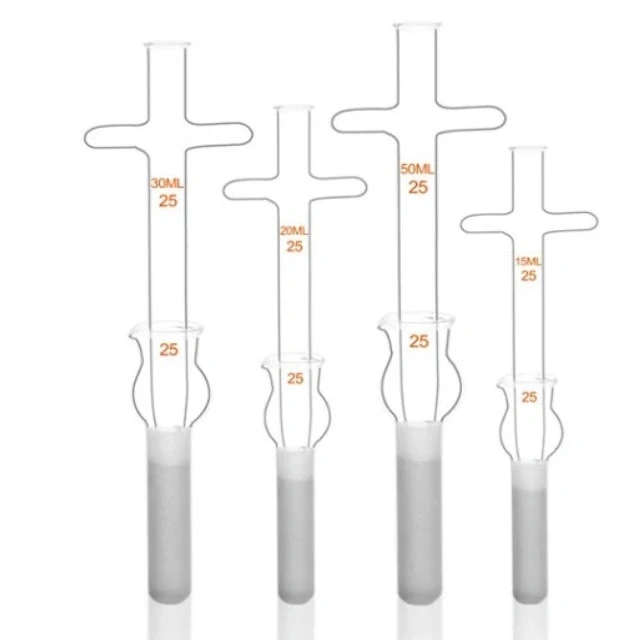
Glass material
Glass Tissue Grinder Homogenizer for Lab Use
Item Number : KTG-1
Price varies based on specs and customizations

Shipping:
Contact us to get shipping details Enjoy On-time Dispatch Guarantee.
Why Choose Us
Reliable PartnerEasy ordering process, quality products, and dedicated support for your business success.
Introductions
The main function of the glass homogenizer is to grind samples. It can be used to prepare suspensions, evenly mix, disperse suspensions and grind medicines. It has a wide range of applications in biology, chemistry, pharmacy and other fields, and is particularly suitable for preparing samples of small molecules such as DNA, RNA, and protein.
In addition to grinding plant samples, glass homogenizers can also be used to grind different types of microbial samples such as cells and bacteria. In addition, when the sample volume is small, the glass homogenizer can withstand a higher speed to achieve a better grinding effect. Of course, if the sample has a low water content and a high density, you need to choose the corresponding homogenizer structure.
Detail & Parts

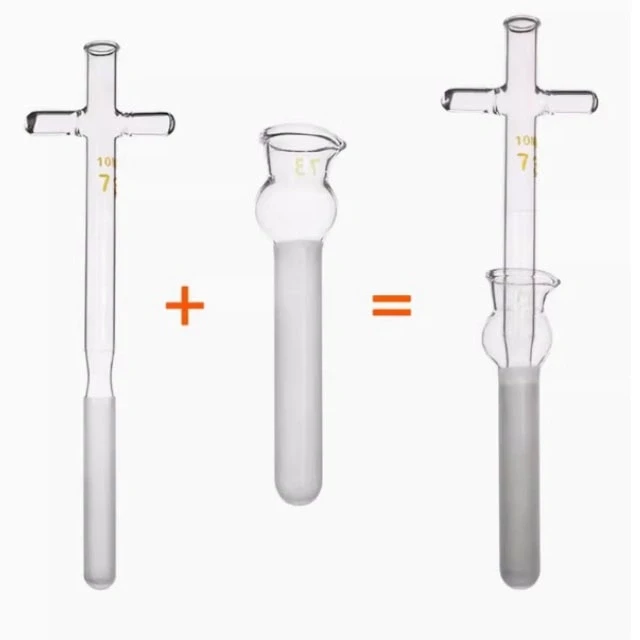
Technical specifications
| Model | Total length (mm) | Frosted length (mm) | Outer diameter of tube (mm) | Inner diameter of mouth (mm) |
|---|---|---|---|---|
| 0.5ml | 133 | 34 | 6 | 16 |
| 1ml | 147 | 47 | 8 | 17 |
| 2ml | 155 | 53.5 | 10 | 20 |
| 3ml | 160 | 61.5 | 10 | 20 |
| 5ml | 195 | 72 | 11 | 24 |
| 10ml | 225 | 74 | 13 | 26 |
| 15ml | 245 | 83 | 16 | 28 |
| 20ml | 255 | 92 | 17 | 31.5 |
| 25ml | 270 | 110 | 18 | 37 |
| 30ml | 275 | 112 | 18 | 34 |
| 50ml | 295 | 112 | 21 | 38 |
Applications
Glass tissue grinders are versatile tools used in various laboratory applications, particularly in the preparation and homogenization of biological samples. These grinders are essential for breaking down tissues into a fine, uniform consistency, which is crucial for subsequent analysis in fields such as biochemistry, molecular biology, and pathology. Below are the main application areas of glass tissue grinders:
- Biological Sample Preparation: Used for homogenizing tissues and cells to extract DNA, RNA, and proteins for further analysis in genetic studies and proteomics.
- Pathology Studies**: Essential for preparing tissue samples for histological examination and staining, aiding in the diagnosis of diseases.
- Pharmacological Research: Helps in the preparation of tissue samples for drug testing and efficacy studies, ensuring uniform dispersion of compounds.
- Environmental Analysis: Used for grinding environmental samples such as soil or plant tissues for contaminant analysis or ecological studies.
- Food Science: Employed in the homogenization of food samples for nutritional analysis, quality control, and flavor research.
- Microbiology: Useful for preparing microbial cultures for genomic studies or for isolating specific microorganisms from complex samples.
Notes
- Choose a homogenizer cup of different volumes and shapes according to your needs.
- Rinse with water after use and wipe the homogenizer stick clean with gauze or fine cotton cloth.
- Avoid cross-use in different types of samples.
- Add samples gradually to avoid splashing liquid and causing harm to operators.
Designed for You
KinTek provide deep custom made service and equipment to worldwide customers, our specialized teamwork and rich experienced engineers are capable to undertake the custom tailoring hardware and software equipment requirements, and help our customer to build up the exclusive and personalized equipment and solution!
Would you please drop your ideas to us, our engineers are ready for you now!
FAQ
What Is A Homogenizer And What Are Its Main Applications?
What Is A Tissue Grinder Used For?
How Do I Choose The Right Abrasive For My Tissue Grinder?
Are There Any Limitations Or Drawbacks To Using A Tissue Grinder?
What Are The Different Types Of Homogenizers Available?
How Does A Homogenizer Work?
What Are The Advantages Of Using A Homogenizer In Laboratory Settings?
Can You Explain The Application Of Homogenizers In Microbial Inactivation?
How Does Homogenization Affect The Quality Of Milk?
4.7
out of
5
Efficient and durable, perfect for our lab's needs.
4.8
out of
5
Speedy delivery and excellent value for money.
4.9
out of
5
High-quality product, simplifies our sample preparation.
4.7
out of
5
Reliable and easy to use, highly recommend.
4.8
out of
5
Great technological advancement, boosts our research efficiency.
4.9
out of
5
Outstanding durability, handles tough samples with ease.
4.7
out of
5
Impressive quality, consistent results every time.
4.8
out of
5
Quick and efficient, saves us valuable lab time.
4.9
out of
5
Top-notch homogenizer, essential for our experiments.
4.7
out of
5
Excellent build quality, performs beyond expectations.
4.8
out of
5
Fast delivery and robust performance, very satisfied.
4.9
out of
5
Highly effective, simplifies complex sample preparations.
4.7
out of
5
Durable and efficient, a must-have for any lab.
4.8
out of
5
Superb quality and user-friendly, highly recommend.
4.9
out of
5
Outstanding service and product, enhances our research.
4.7
out of
5
Reliable and high-performing, meets all our needs.
4.8
out of
5
Excellent value, simplifies our tissue grinding process.
REQUEST A QUOTE
Our professional team will reply to you within one business day. Please feel free to contact us!
Related Products
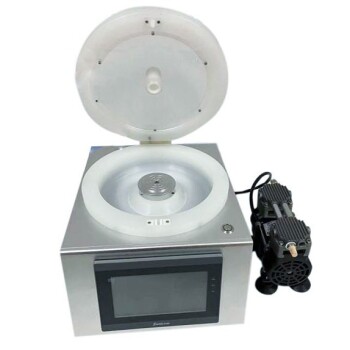
Laboratory Homogenizer Mixer Benchtop Homogenizer with 8 Inch PP Chamber
The 8-inch PP chamber laboratory homogenizer is a versatile and powerful piece of equipment designed for efficient homogenization and mixing of various samples in a laboratory setting. Constructed from durable materials, this homogenizer features a spacious 8-inch PP chamber, providing ample capacity for sample processing. Its advanced homogenization mechanism ensures thorough and consistent mixing, making it ideal for applications in fields such as biology, chemistry, and pharmaceuticals. With its user-friendly design and reliable performance, the 8-inch PP chamber laboratory homogenizer is an indispensable tool for laboratories seeking efficient and effective sample preparation.
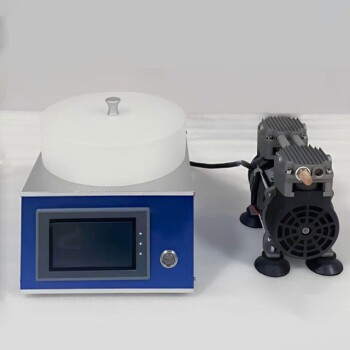
Laboratory Homogenizer Mixer Benchtop 4 Inch PTFE Cavity Homogenizer
4 inch PTFE cavity fully automatic laboratory homogenizer is a versatile laboratory equipment designed for efficient and precise homogenization of small samples. It features a compact design, allowing for easy glove box operation and space optimization.
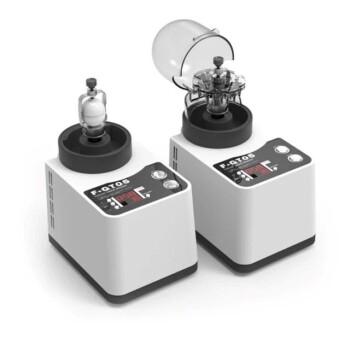
Laboratory Micro Tissue Grinding Mill Grinder
KT-MT10 is a miniature ball mill with a compact structure design. The width and depth are only 15X21 cm, and the total weight is only 8 kg. It can be used with a minimum 0.2ml centrifuge tube or a maximum 15ml ball mill jar.
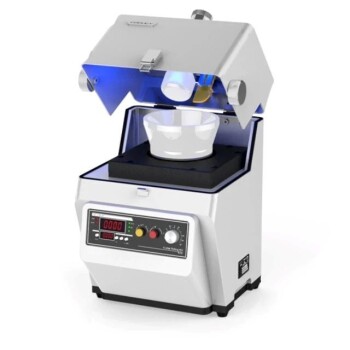
Laboratory Grinding Mill Mortar Grinder for Sample Preparation
KT-MG200 mortar grinder can be used for mixing and homogenizing powder, suspension, paste and even viscous samples. It can help users realize the ideal operation of sample preparation with more regularization and higher repeatability.
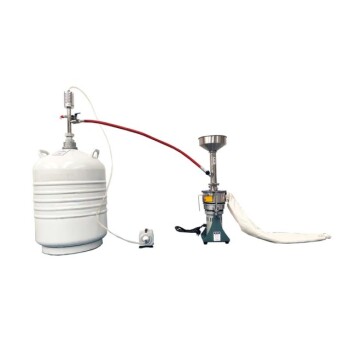
Liquid Nitrogen Cryogenic Grinder Mill Cryomill Airflow Ultrafine Pulverizer
Discover the Liquid Nitrogen Cryogenic Grinding Machine, perfect for lab use, ultra-fine pulverization, and preserving material properties. Ideal for pharmaceuticals, cosmetics, and more.
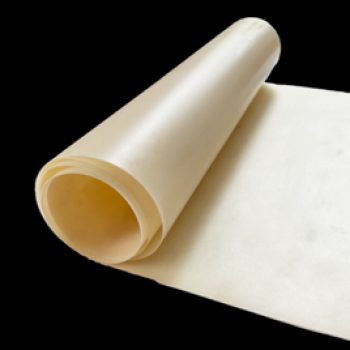
Anion Exchange Membrane for Laboratory Use
Anion exchange membranes (AEMs) are semipermeable membranes, usually made of ionomers, designed to conduct anions but reject gases such as oxygen or hydrogen.
Related Articles

Basic Mixing Equipment in the Laboratory
Overview of essential laboratory mixing devices and their functionalities.

Sample Preparation Guidelines for Various Analytical Instruments
Detailed instructions for preparing samples for NMR, MS, Chromatography, IR, UV, ICP, Thermogravimetric, XRD, TEM, SEM, and other instruments.

Basic Laboratory Culture Equipment
Overview of essential laboratory equipment for biological and microbiological research.

Development and Principles of Frozen Tissue Crushers
Explore the history, classification, and principles of frozen tissue crushers, including grinding ball selection and how to choose the right crusher.

Solutions for Removing a Stuck Spatter Ball from a Rotary Evaporator
Guidelines and techniques for removing a stuck spatter ball from a rotary evaporator, including shaking, knocking, baking, freezing, and smashing.

Advantages and Applications of Rotary Evaporators
Explore the benefits and diverse applications of rotary evaporators in various industries.

Laboratory Sample Preparation and Digestion Equipment
Overview of essential lab equipment for sample preparation and digestion.

Sample Preparation Methods in X-ray Fluorescence and Their Impact on Test Results
Explores the tablet and melting methods in X-ray fluorescence, detailing their advantages, disadvantages, and key considerations.

Crafting a Rotary Evaporator Cocktail with Clarified Grapefruit Juice
A detailed guide on making a gin cocktail using a rotary evaporator and clarified grapefruit juice, with methods and recipes.

Infrared Spectroscopy Sample Preparation Operation Guide
A comprehensive guide on preparing samples for infrared spectroscopy analysis, covering gas, liquid, and solid samples.

Why Freeze-Drying is Indispensable for Preserving Sensitive Samples
Freeze-drying preserves sensitive samples by sublimation, maintaining molecular integrity and enabling stable, room-temperature storage. Essential for proteins, vaccines, and volatile compounds.
